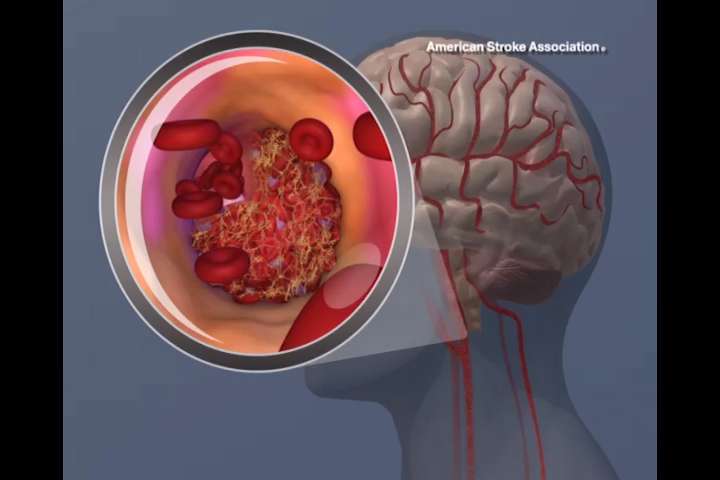Stroke patients may have more time to get treatment, study finds

Patients and doctors long have relied on a simple rule of thumb for seeking care after an ischemic stroke: "Time is brain."
In other words, the longer it takes for patients to seek medical care after a stroke, the more their brain tissue is likely to be starved of blood and die - significantly raising the risk of permanent disability. The general rule is to seek care within six hours.
But a study published this month in the New England Journal of Medicine found that the window may be as long as 24 hours for some stroke patients. The study also indicated that outcomes were less likely to include a disability when treated with a combination of surgery and clot-busting medication.
Though doctors still agree that earlier treatment is better, the study offers hope to patients who have a stroke in their sleep or who live in rural areas where it can take longer to reach medical care, said Dr. Dileep Yavagal, chief of interventional neurology for the University of Miami Health System and a practicing physician at Jackson Memorial Hospital.
"It's going to be quite impactful because of how many strokes happen in sleep and how many stroke patients get missed in the first few hours," Yavagal said, adding that about 25 percent of strokes occur during sleep.
"In the past, we couldn't offer them much because they would go to bed and then wake up with a stroke and that would mean basically more than seven or eight hours since they were last well," he said. "And what that then meant was that they were out of luck, in terms of getting any therapy. But this study showed us that there were a number of people who, when they wake up with a stroke, had a fair amount of salvageable brain."
The study followed the progress of 206 patients who had received medical care six to 24 hours after a stroke at medical centers around the world.
Patients were randomly divided into a control group, in which they received only the standard of care for a stroke, which is treatment with a clot-busting medicine, and an experimental group, whose treatment included the standard of care plus surgical removal of the clot and restoration of blood flow.
Because the patients in the experimental group fared so much better than the control group, researchers and physicians stopped enrolling patients at 31 months and concluded that the study treatment produced better outcomes for patients.
Yavagal said he didn't even wait for the study to be published to start offering the therapy to more stroke patients.
"We started pretty much using it after the trial ended," he said.
He estimated that doctors at Jackson Memorial performed more than 100 clot removals on stroke patients in the past year, compared to about 40 in 2014.
But Yavagal emphasized that not all patients will have the 24-hour window because not all brains respond the same way when a large clot blocks an artery and cuts off blood flow.
In some patients who have strokes, nearby open vessels, called "collaterals," allow blood to detour around the blockage and temporarily restore blood flow to the affected part of the brain. But in other patients, the collaterals do not provide enough blood to keep brain tissue alive for even a few hours.
Doctors do not know precisely why some patients have a better collateral response to a stroke than others.
"It's a very robust defense mechanism that Mother Nature has, and it just fails in a number of patients," Yavagal said. "But in other patients, the collaterals maintain some amount of blood flow for hours, and that's how that brain tissue remains alive in spite of being injured."
Doctors can identify how much injured brain is still salvageable in a patient by using a CT scan with a dye that distinguishes viable tissue from dead tissue. Patients who have hemorrhagic or bleeding strokes, which make up about 15 percent of all cases, will not benefit from the procedure studied in the trial, Yavagal said.
The study was funded by Stryker Neurovascular, a company that manufactures medical stent devices to remove clots. It provided the devices used in the trial. Stryker also performed regulatory monitoring for the study and maintained the central database.
©2017 Miami Herald
Distributed by Tribune Content Agency, LLC.
















